Savage,
Grotesque,
Hilarious
Spitting Image: A Controversial History
at Cambridge University Library
September 30, 2023-February 17, 2024
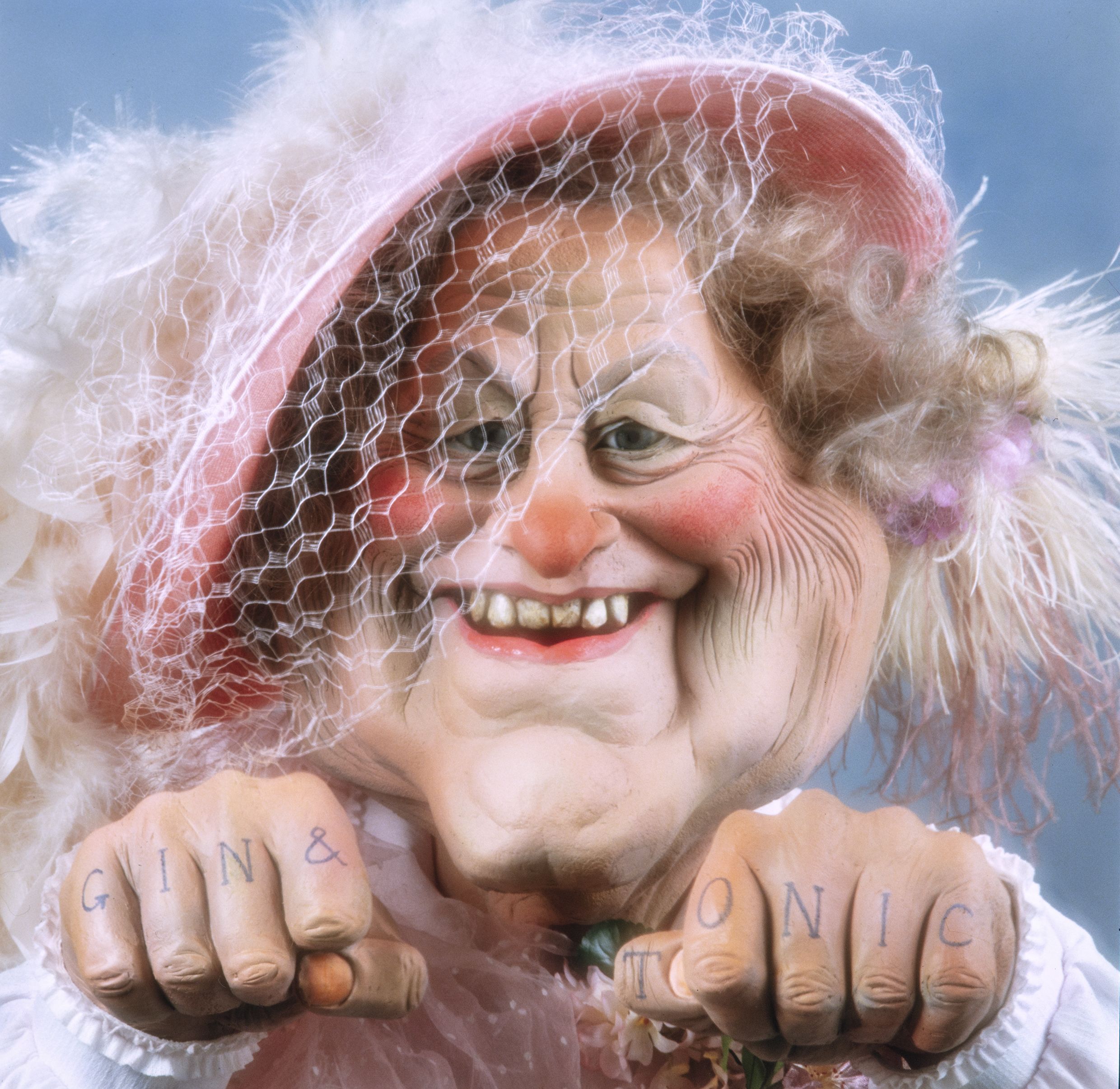
WARNING:
THE LIBRARY'S EXHIBITION CONTAINS THEMES OF NUDITY AND CARICATURES WHICH SOME PEOPLE MAY FIND UPSETTING.
PLEASE VISIT US AT YOUR OWN DISCRETION!
First broadcast in 1984, Spitting Image changed the cultural landscape of the UK and beyond forever.
Now, a grand and grotesque selection of puppets, sketches, letters of complaint and even Margaret Thatcher's handbag are going on display at Cambridge University Library - home to the Spitting Image archive - in a full retrospective exhibition of the TV phenomenon.
Spitting Image: A Controversial History is a free exhibition unravelling the history and legacy of the satirical puppet show and the impact it had on British politics, culture and celebrity, for good and ill.
Dr Sean Lang: "Even Spitting Image begins to look like a pale imitation of the reality that lay in the future."
Going on display are UL puppets including Princess Diana, Margaret Thatcher and the Queen Mother, as well as dozens of never-before-seen sketches, caricatures and other memorabilia drawn from the Spitting Image archive, the first sections of which arrived at the UL in 2018 via series creators Roger Law and Peter Fluck.
It was today announced that the entire Spitting Image archive had been donated to Cambridge University Library under HM Government’s Cultural Gifts Scheme, kindly making possible the Library's retrospective on the show.
The exhibition has also borrowed one of Margaret Thatcher’s famous handbags from the Churchill Archives Centre at Cambridge University, while other puppets going on display include Tory Party grandees Michael Heseltine and Norman Tebbit (on loan from the Hyman Collection), as well as former England footballer Gary Lineker (on loan from the National Football Museum).
Also on display for the first time is the original pilot script of Spitting Image as well as letters to and from the crew and producers highlighting the immense stress of creating a show featuring complex puppets in a rapidly and ever-changing news environment.
It was not uncommon for new sketches and puppets to be created from scratch as the show hurtled towards its Sunday deadline.
"Sitting on the Tube, I would look at the way people talked." Professor Spike Bucklow on how Spitting Image made its puppets.
Visitors to the exhibition will also be able to read for the first time manuscript letters written by the political and celebrity ‘victims’ of the show who were encouraged to share feedback on their representation in the first two series of the show.
Those who wrote about being immortalised by Spitting Image included Jeffrey Archer, Jimmy Hill, politicians Douglas Hurd and David Steel, as well as celebrity agony aunt Claire Rayner.
"Spitting Image revolutionised how royalty, politicians and celebrities were depicted...and held to account.
"At its peak, 15 million people sat down at 10pm on a Sunday night to watch a show that became an icon of late 20th century television.
"No other post-watershed show could dream of such a viewership, let alone match it. This was a genuine phenomenon."
Dr Chris Burgess, exhibition curator
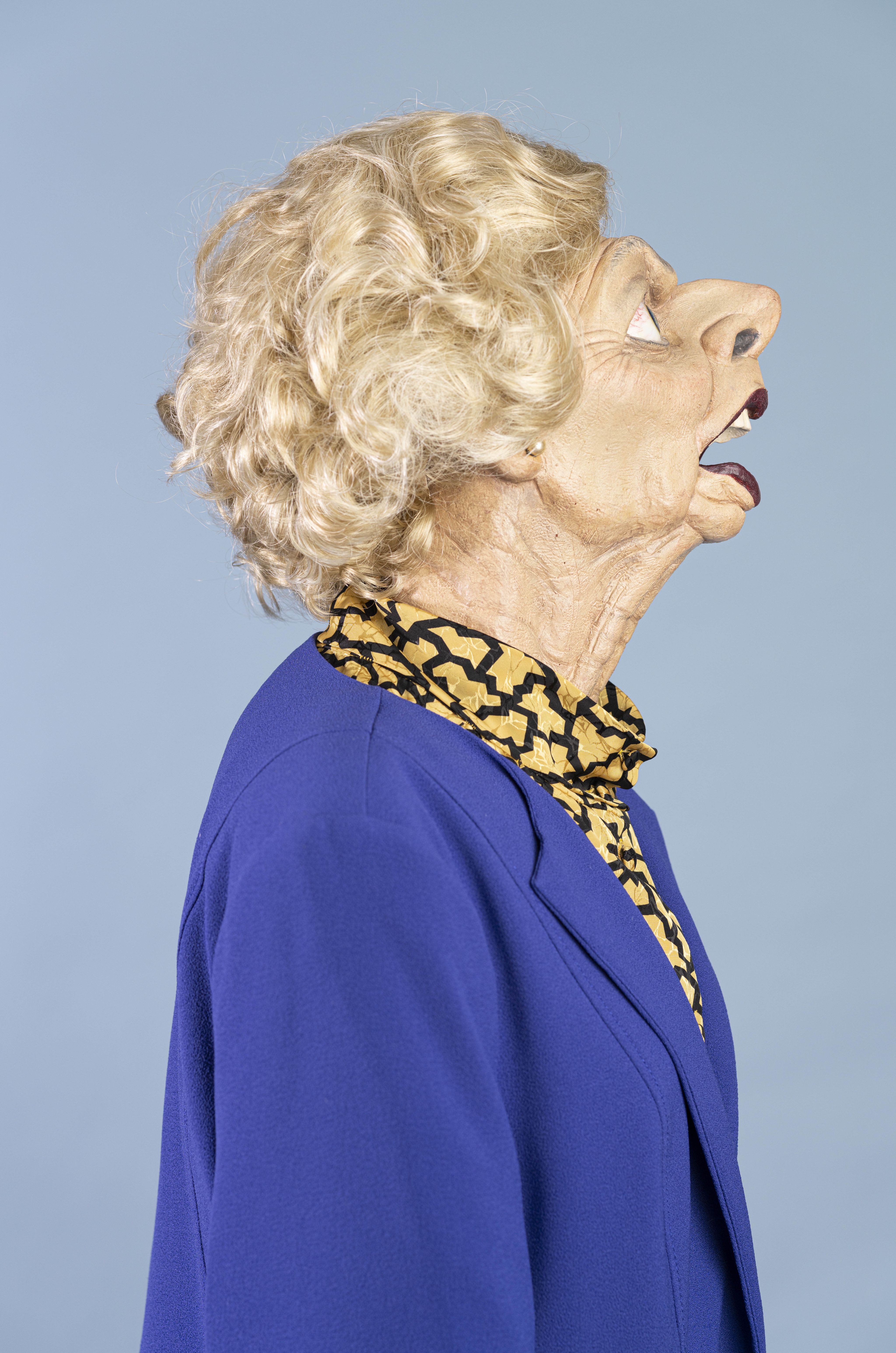
The show ran from 1984-1996 but was brought back by BritBox in 2020 for two series and earlier this year (2023), a stage version hit the West End of London after opening in Birmingham.
The exhibition at Cambridge University Library explores each of these aspects of the show and questions what role humour and art can play in speaking truth to power.
At the heart of Spitting Image is the political cartoon. The show's founders, Peter Fluck and Roger Law met at Cambridge School of Art in the late 1950s, emerging as cartoonists through the 'satire boom' of that period.
In Cambridge, Fluck and Law met figures of the nascent satire movement. These included Peter Cook, President of the Footlights in 1960.
After Cambridge, Cook opened The Establishment Club in Soho, London.
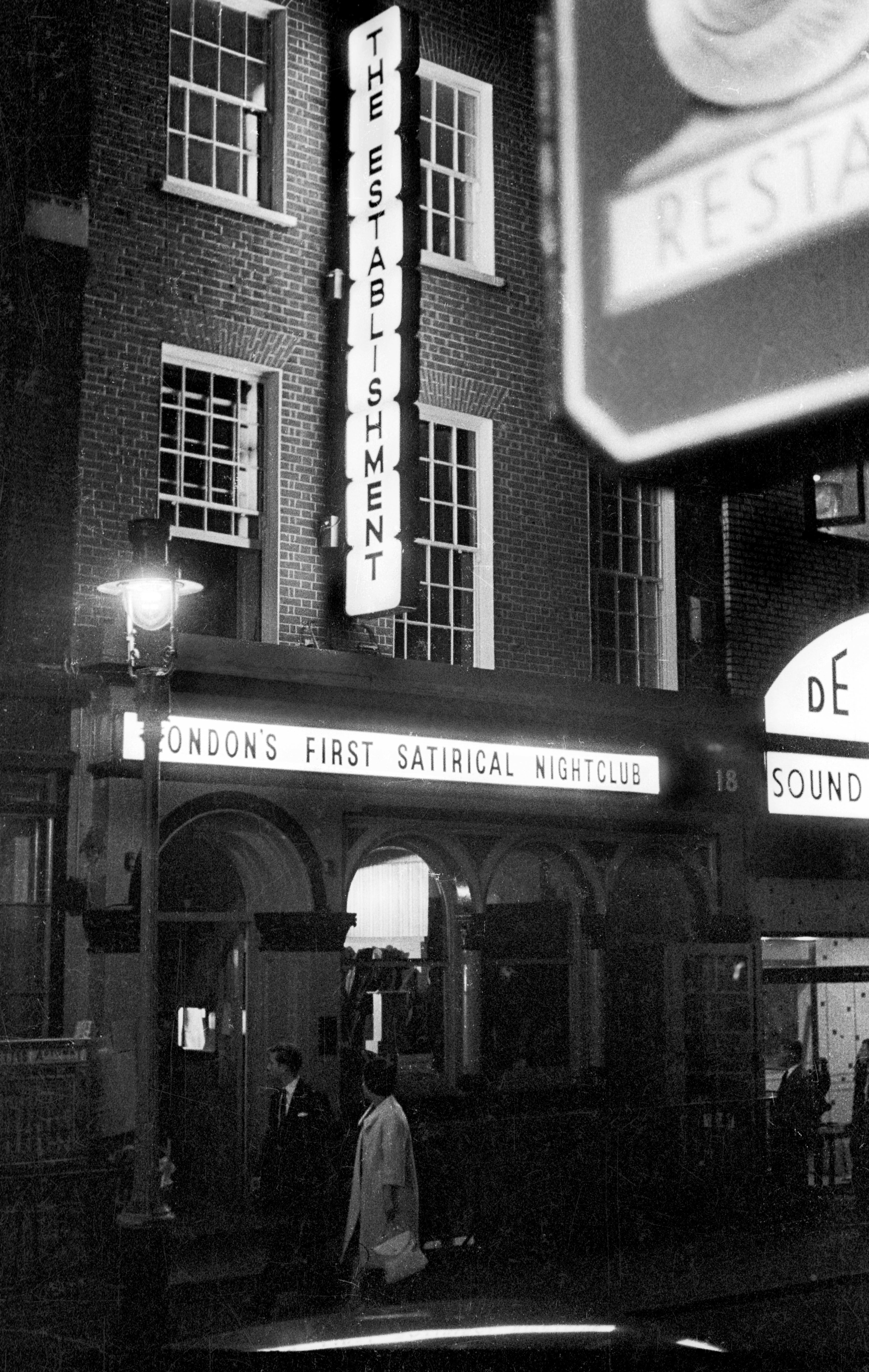
"Exterior of The Establishment Club, Soho (London), 1961 © Romano Cagnoni/Report Digital
"Exterior of The Establishment Club, Soho (London), 1961 © Romano Cagnoni/Report Digital
The Establishment was based on popular satire clubs found in Berlin during the inter-war years. Roger Law produced a weekly cartoon for The Establishment, putting him at the epicentre of Britain's satire scene at the time.
Throughout the 1960s and 1970s, first individually, and then from 1975, as a partnership, Fluck and Law developed an unusual cartooning style: modelling and then photographing their subjects.
Spitting Image brought these models to life. In taking political cartooning from print to screen, Spitting Image revolutionised 1980s television and the world of satire forever.
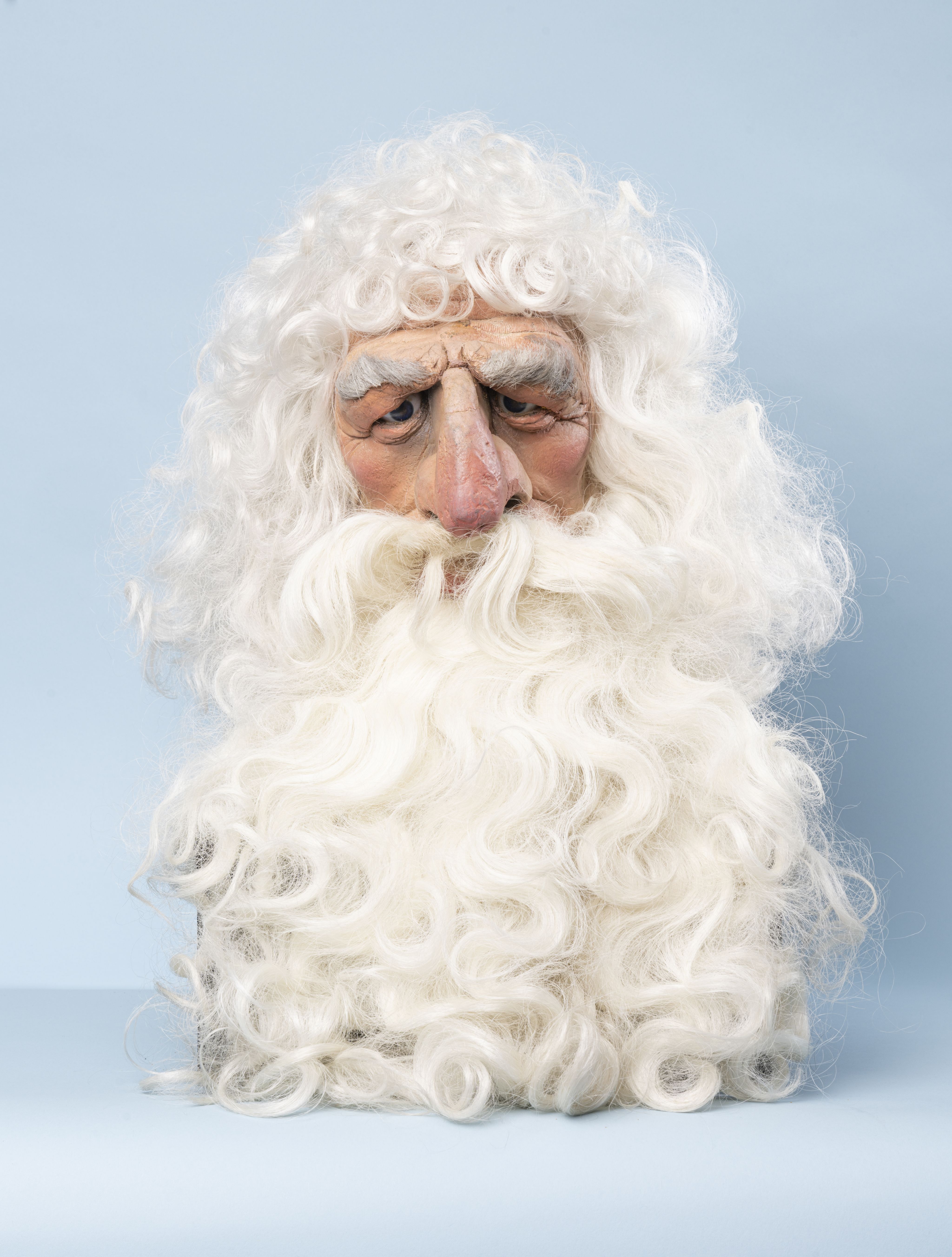
The head of God © Spitting Image/Cambridge University Library
The head of God © Spitting Image/Cambridge University Library
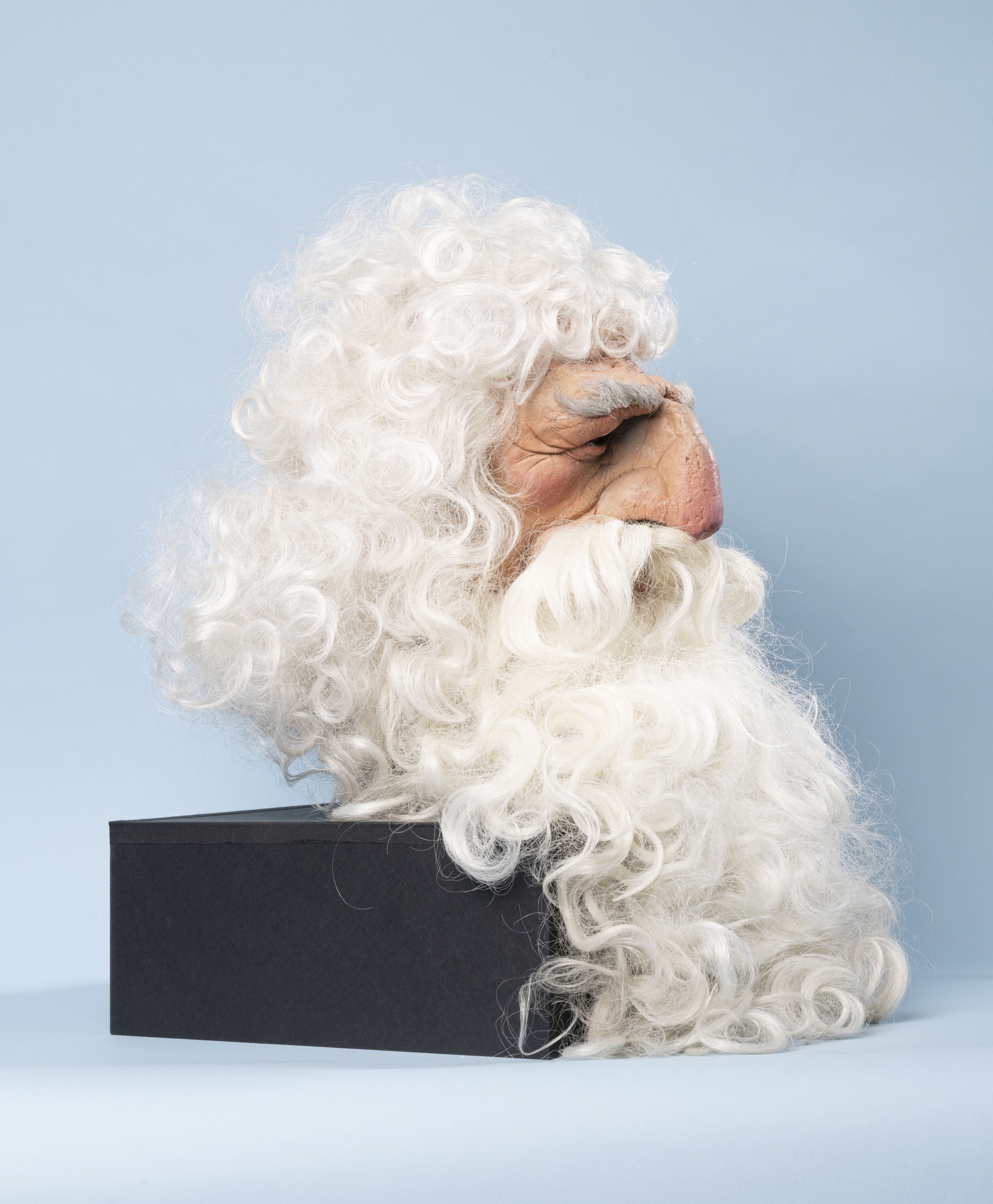
The head of God © Spitting Image/Cambridge University Library
The head of God © Spitting Image/Cambridge University Library
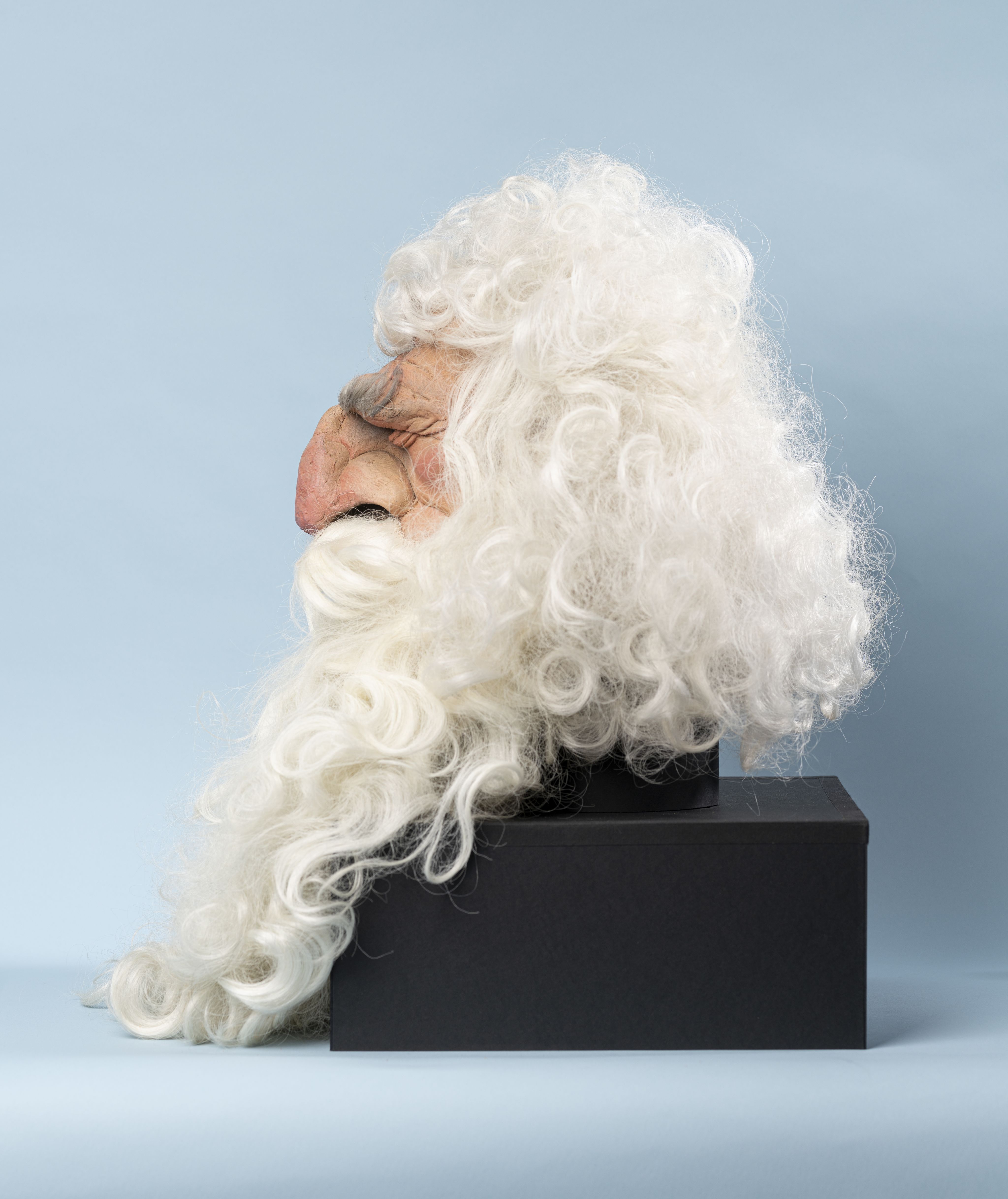
The head of God © Spitting Image/Cambridge University Library
The head of God © Spitting Image/Cambridge University Library
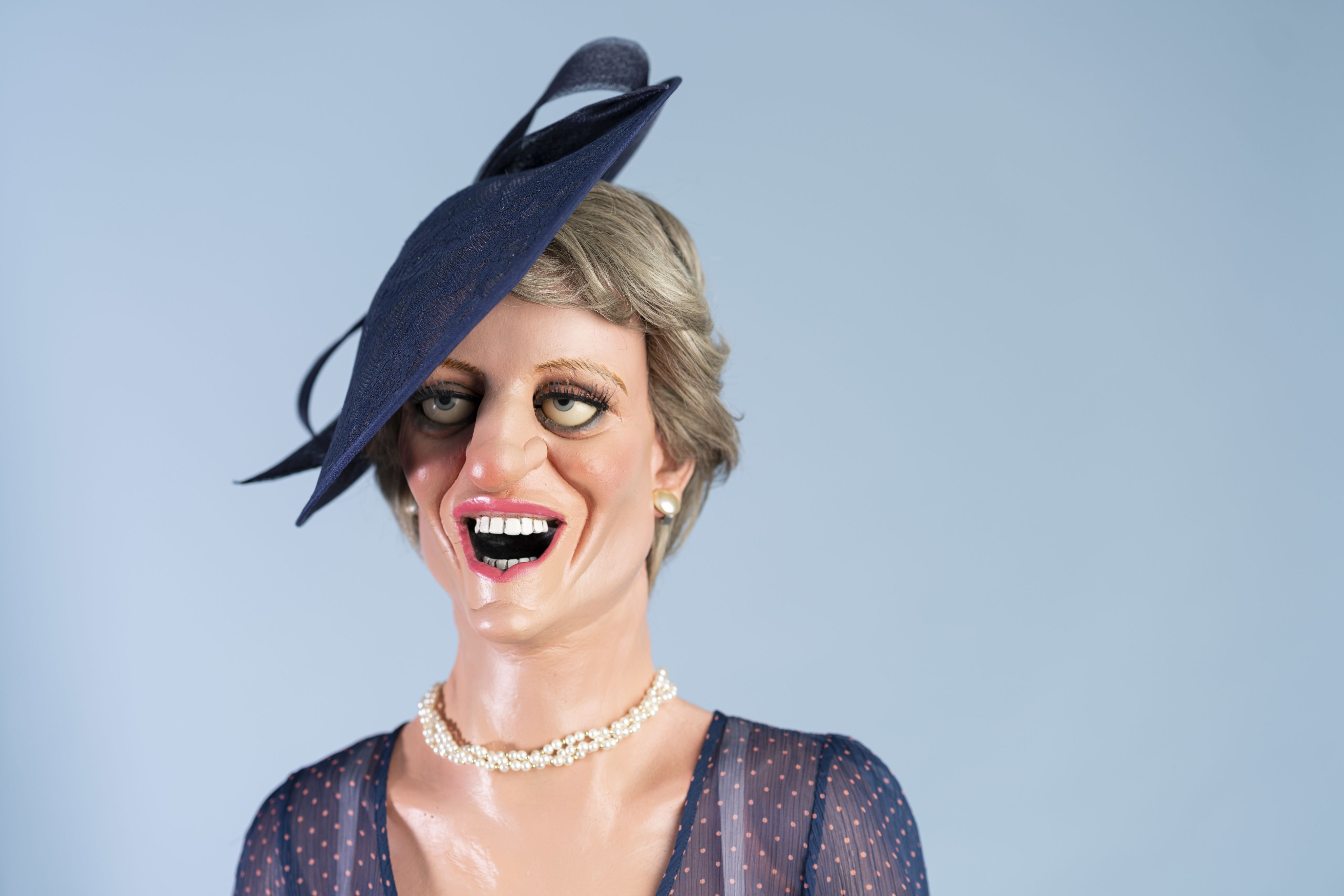
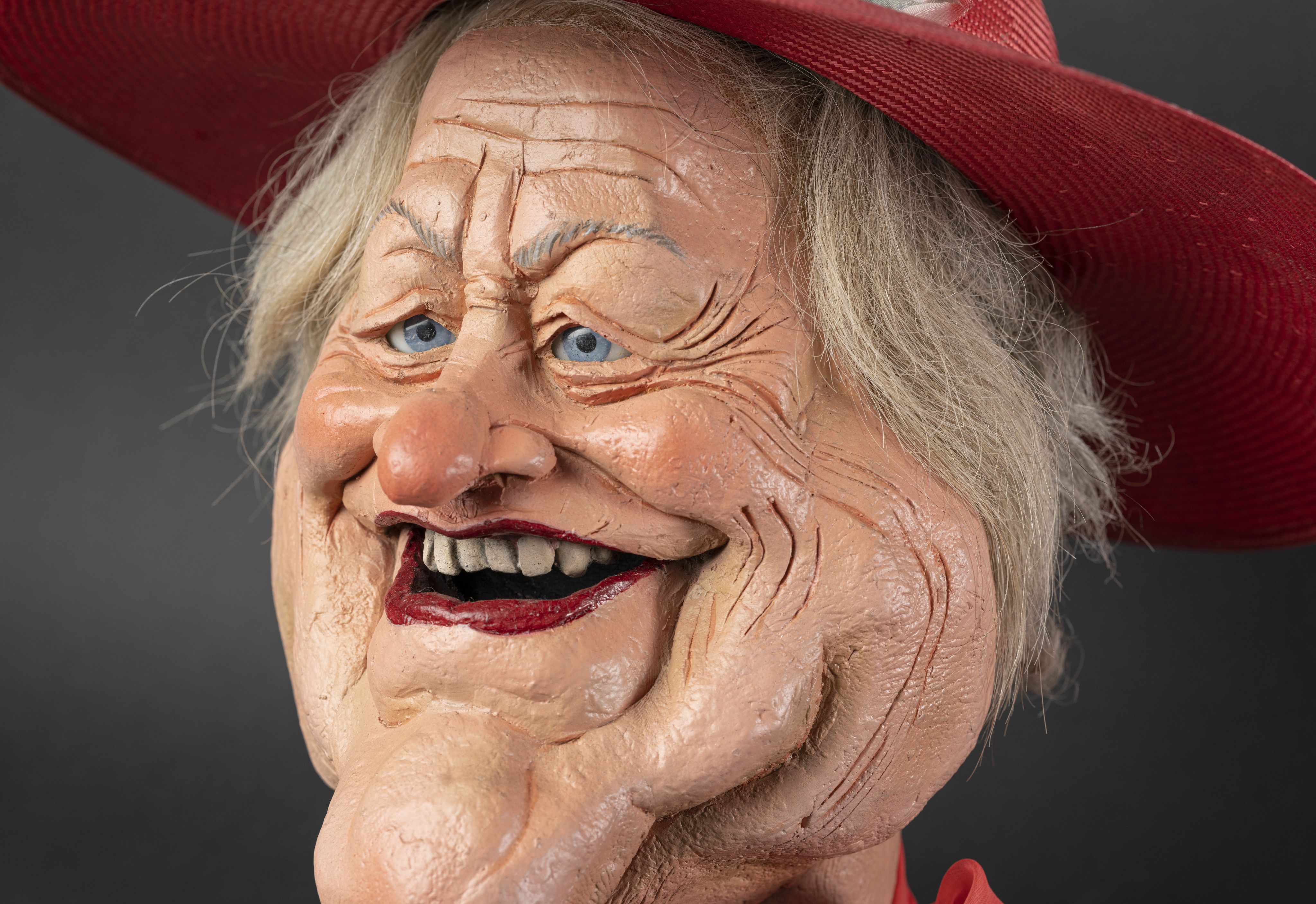
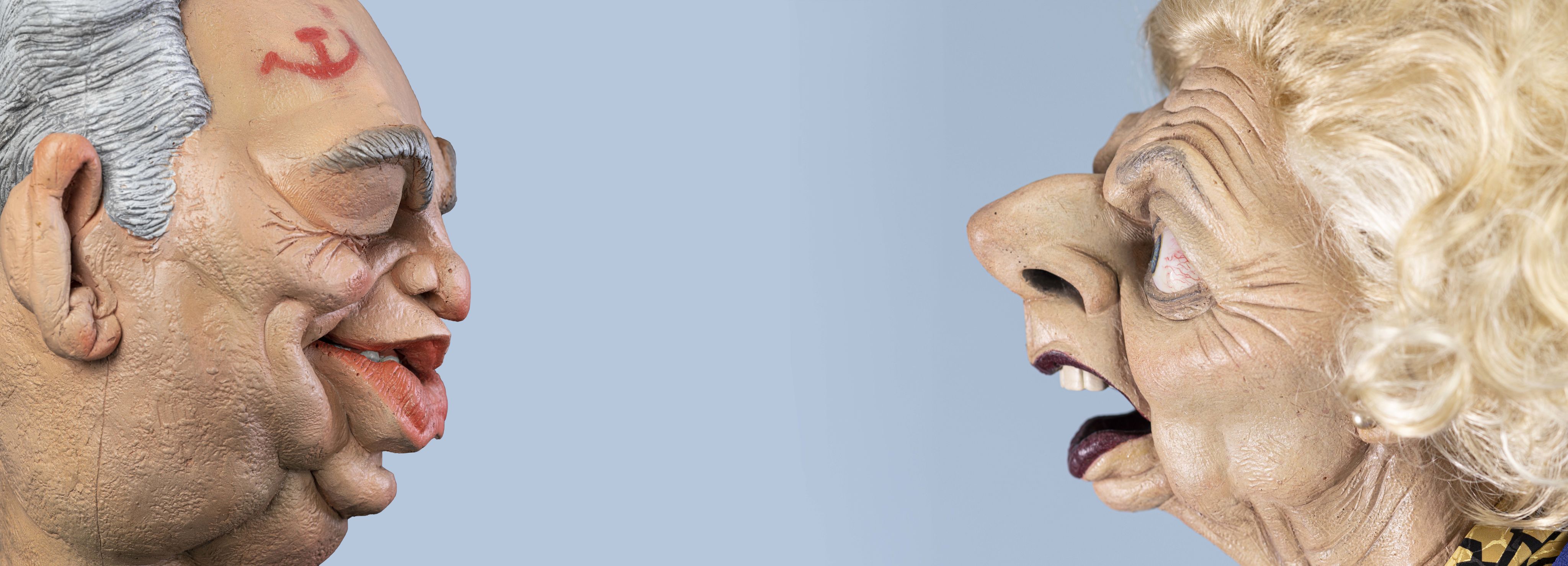

Princess Diana puppet © Spitting Image/Cambridge University Library
Princess Diana puppet © Spitting Image/Cambridge University Library

The Queen Mother puppet: © Spitting Image/Cambridge University Library
The Queen Mother puppet: © Spitting Image/Cambridge University Library

Mikhail Gorbachev and Margaret Thatcher puppets face off © Spitting Image/Cambridge University Library
Mikhail Gorbachev puppet
Dr Kenny Monrose talks about how Spitting Image was received by black Britons during the 1980s.
"Our exhibition also traces the history and future of satire, from James Gillray to modern satirical computer games. Spitting Image's impact was significant and long-lasting but difficult to quantify.
"Experts suggest it didn't change the direction of elections, but did shape our view of politicians. It openly mocked the monarchy in a way not seen before by politicians and it reflected, encouraged and satirised the media's obsession with celebrity.
"Our unflinching exhibition at Cambridge University Library explores each of these aspects of the show and questions what role humour and art can really play in speaking truth to power."
Dr Chris Burgess, exhibition curator
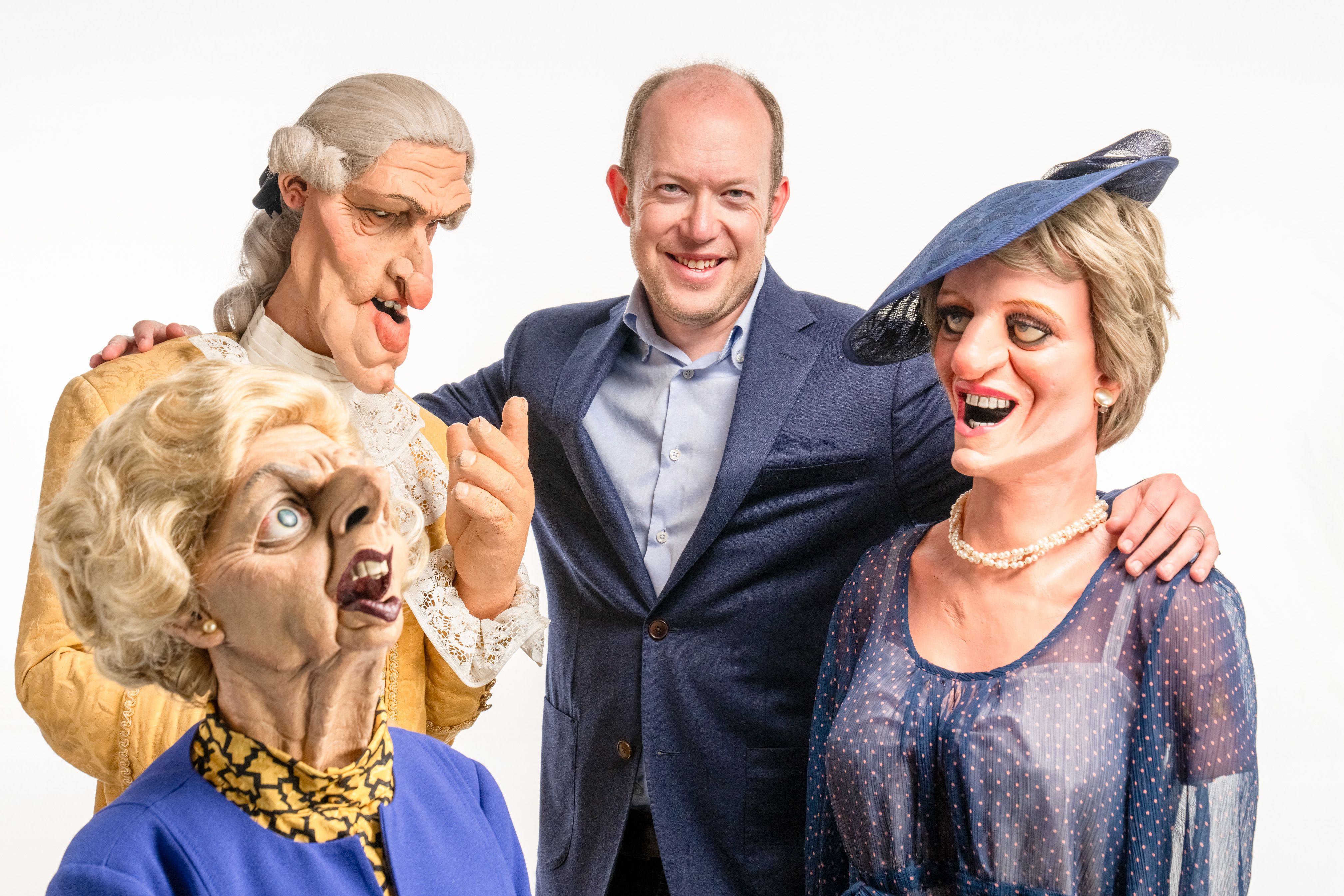
"This puppet show is one of the icons of late 20th and early 21st century Britain." Dr Chris Burgess talks about the history and legacy of Spitting Image.
Among the wider Spitting Image archive at the Library are hundreds of rehearsal and post-production scripts, memorabilia, puppet designs and newspaper cuttings reflecting the controversial nature of the programme.
Each script records who wrote each sketch and identifies the puppeteers and voice artists. The archive also contains books, board games and files of complaints from irate viewers.
Spitting Image was nominated for nine BAFTAs (winning two) and four International Emmys (winning two). It also won a Grammy with Genesis in 1987 for Best Concept Music Video and launched the career of innumerable actors, satirists and voiceover artists who went on to become household names after their work on the show.
"Margaret Thatcher was a gift to satirists, visually and in her political persona." Professor Lucy Delap on how Spitting Image tackled political satire.
Harry Enfield, Steve Coogan, Paul Whitehouse, Alistair McGowan, Ian Hislop, John Sessions and Debra Stephenson all worked on the programme during its long run for Central Independent Television, as did Red Dwarf creators Rob Grant and Doug Naylor.
The original show ran from 1984-1996 and was the focus of a special 200th episode of The Reunion, recorded at the University ahead of the Library exhibition.
"I am delighted that the archive of Spitting Image has been acquired by Cambridge University Library through the Cultural Gifts Scheme.
"This brilliantly subversive series entered the national consciousness with its memorable portrayals, in puppet form, of many of the leading figures in British public life of the 1980s and 90s.
"The archive and exhibition – which includes contracts, production files and scripts from draft to broadcast – represents an invaluable resource for the study of British TV satire."
Michael Clarke CBE, Chair, Acceptance in Lieu Panel
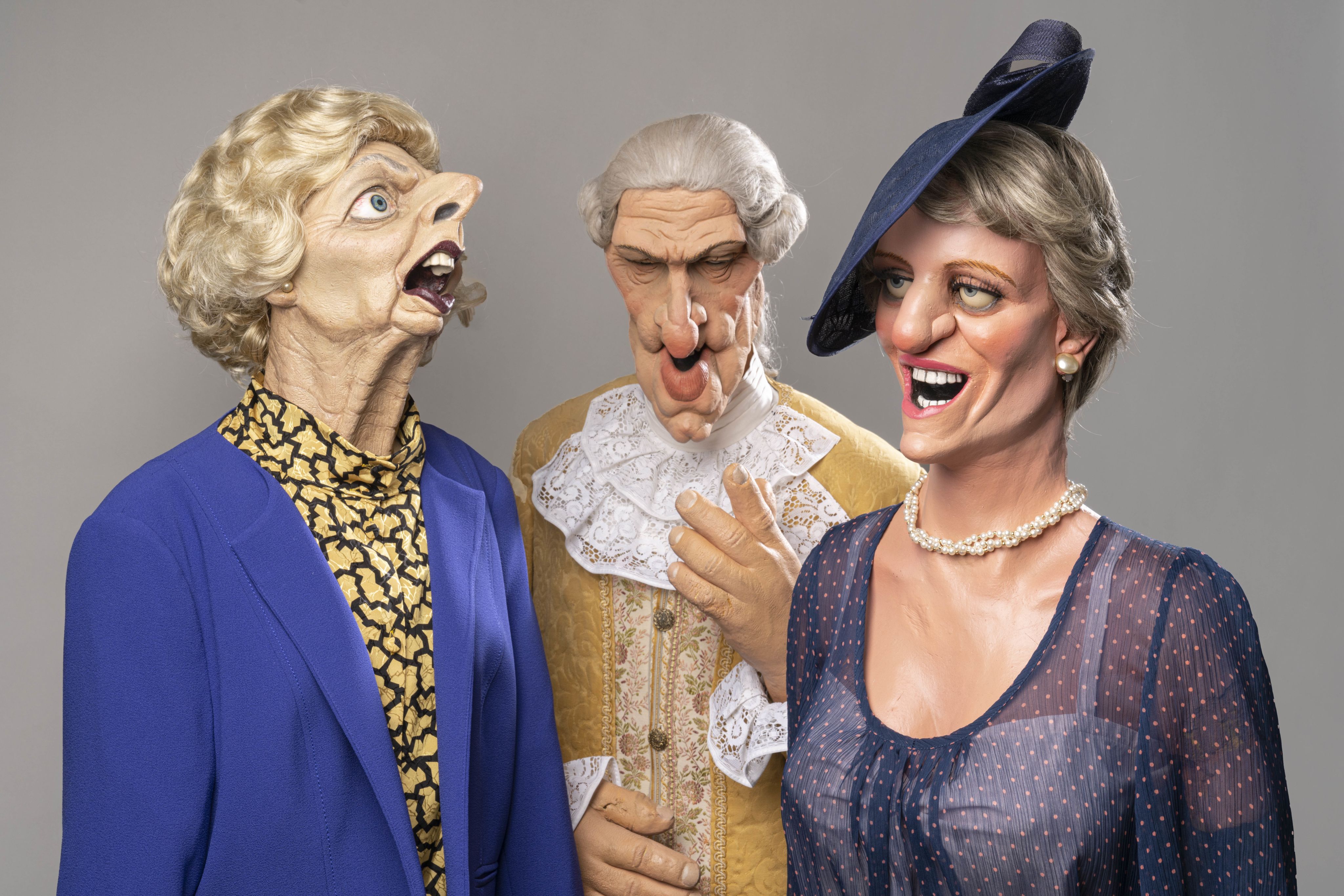
"I do NOT watch Spitting Image!"
Margaret Thatcher
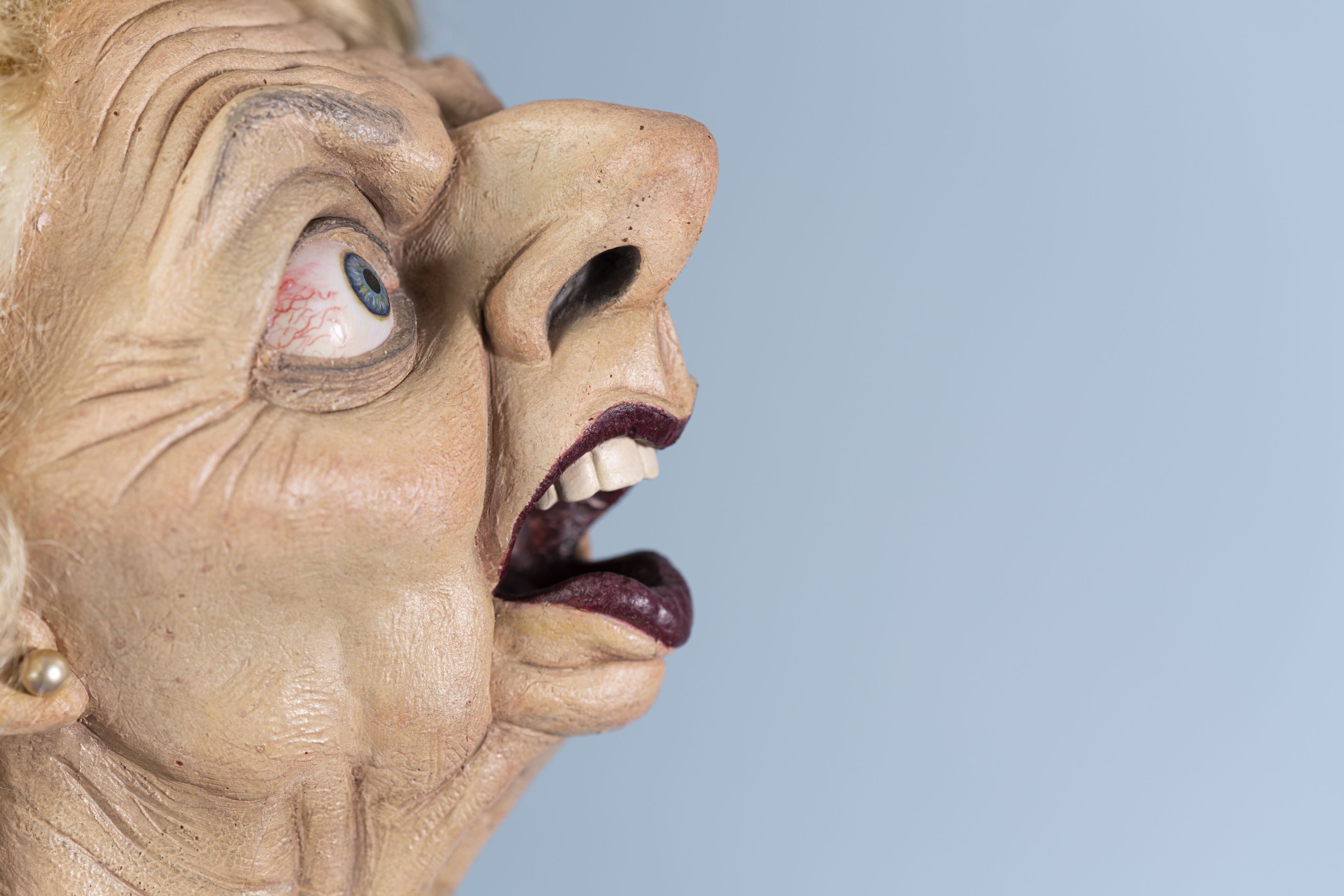
Running alongside the Spitting Image exhibition, in the North and South galleries of the main Library building, is a complementary exhibition about Cambridge’s famous Footlights – curated by three current members of the famous comedy troupe. The Footlights Illuminated explores the history and identity of the world-renowned student group.
As part of a wider series of events around Spitting Image: A Controversial History, the University Library is also hosting a series of talks including ‘Roger Law on Satire’, ‘Is Politics a Joke, is Satire Irrelevant?’ by comedian Matt Forde and ‘Think Like a White Man – Black Satire in the 21st Century’ by satirist, writer and broadcaster Nels Abbey.
Arts and Heritage Minister, Lord Parkinson of Whitley Bay, said: "I was delighted to visit the team at Cambridge University Library in July to see how they were caring for and preparing to share this wonderful collection, donated through the Cultural Gifts Scheme."
"It was a pleasure to come face-to-face with some of the puppets which have struck fear into the heart of politicians since the 1980s — part of the long and important role that satire has played in pricking the pomposity of Britain’s political and cultural leaders for generations.
"I am delighted that this free exhibition is open to the public so that people can interact with this wonderful collection and see how Spitting Image fits into this rich and important tradition.”
Spitting Image: A Controversial History was made possible following the kind donation of the Spitting Image archive which was accepted under the Cultural Gifts Scheme by HM Government and allocated to Cambridge University Library in 2023.
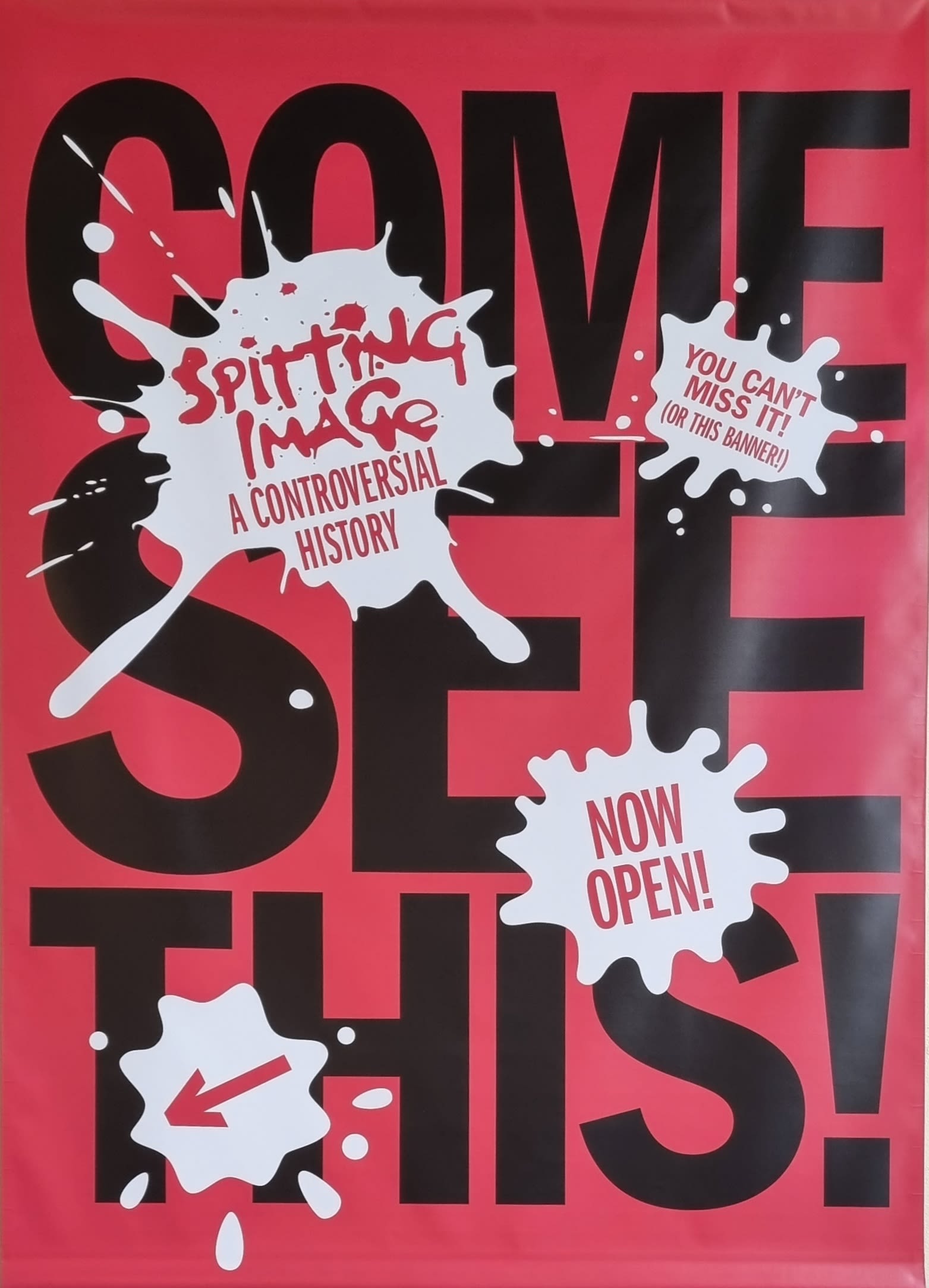
"The only thing I hate more
than politicians - is puppets!"
Roger Law, Spitting Image co-creator
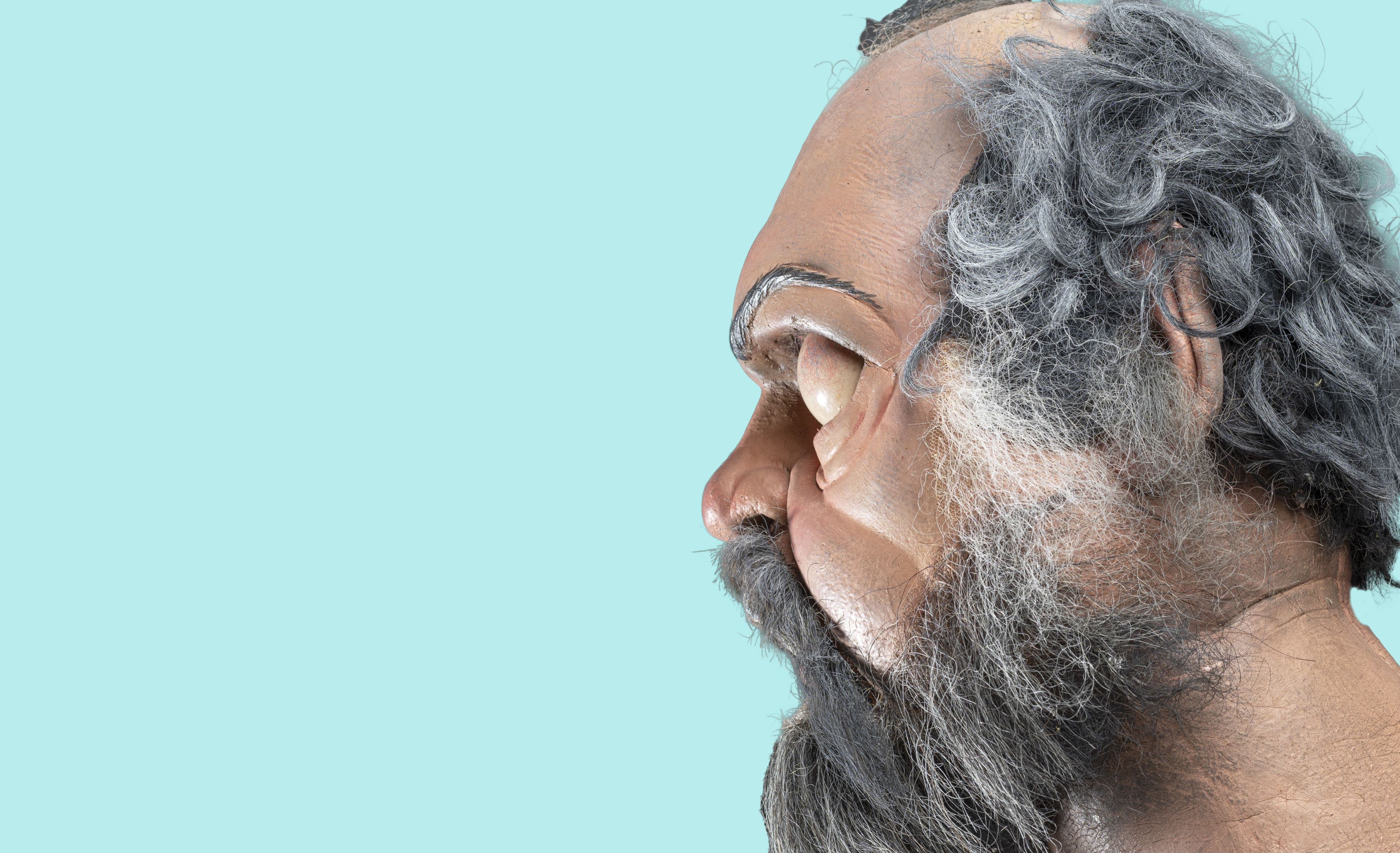
The text in this work is licensed under a Creative Commons Attribution-NonCommercial-ShareAlike 4.0 International License
